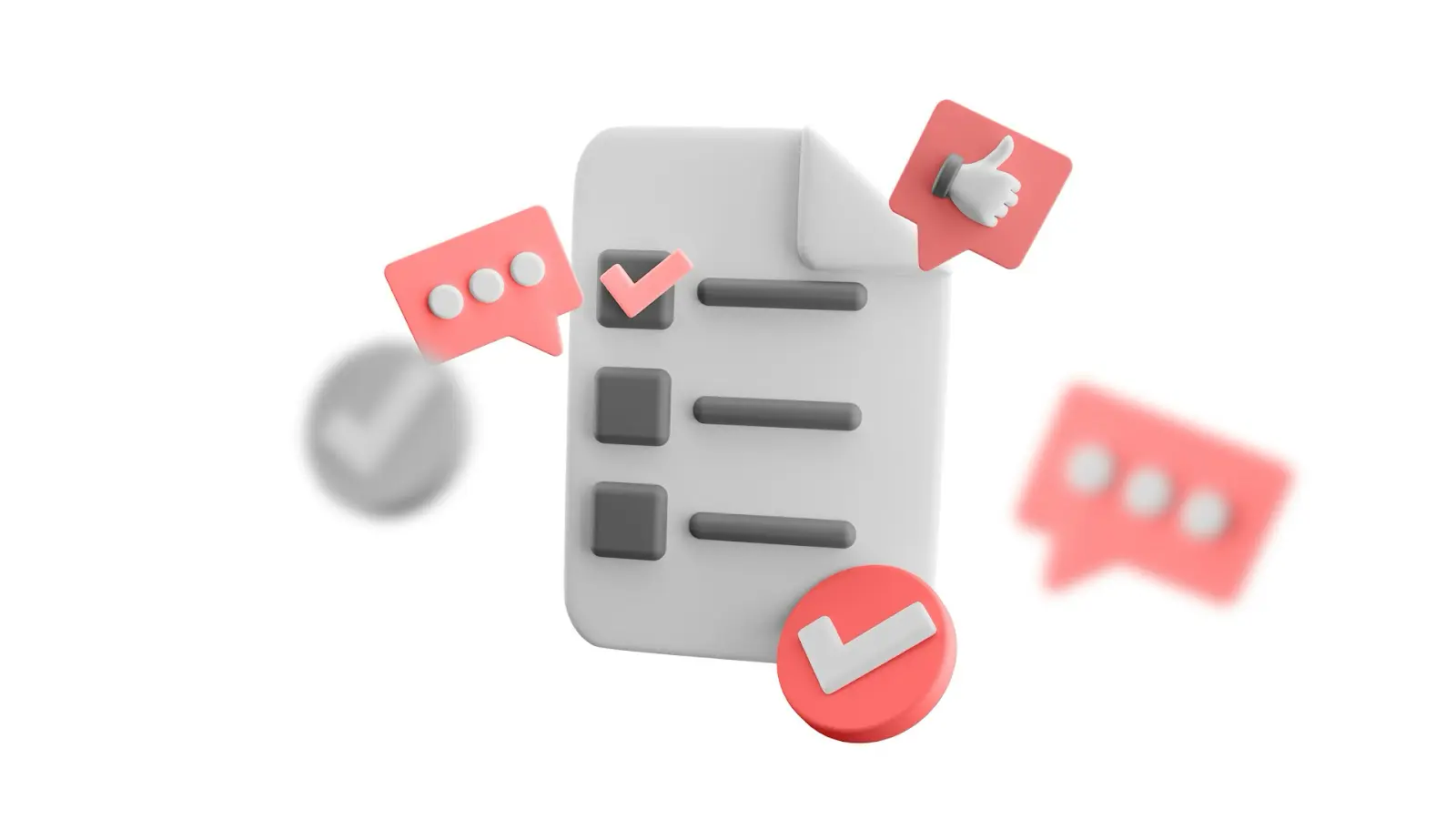
Mobile App UX Design: Best Practices for Modern Apps
Mobile app UX (User Experience) design focuses on creating intuitive, user-centered interfaces and interactions for …
19/10/2023 -
5 dk okuma
Stay up to date with Peakers
When embarking on a digital project, you understand how crucial and challenging it is to find the ideal design element for your project. However, the license details you frequently encounter during the process can be overwhelming and confusing; the chosen design element may not fit your project, license fees may exceed your budget, license details may not align with your project structure, and so on. In this article, we will delve into license details and concepts of usage restrictions for various design elements.
When downloading any design element online for your digital project, several important factors should be considered. First and foremost, you must ensure that the design element is compatible with your project structure. Whether for personal or commercial use, you should carefully examine usage rights and license scope to verify legal usage limits for your intended purpose. If attribution is required under the license, you should credit the artist. Evaluate the source’s reputation and reliability to avoid potential copyright issues or low-quality design elements. By carefully analyzing these factors, you can confidently include the downloaded design element in your project.

Digital license types refer to different license categories that manage the use and distribution of design elements such as images, icons, fonts, etc. The license type determines how a digital asset can be used, modified, distributed, or sold. Some common digital license types include:
Assets in the public domain are not protected by copyright and can be freely used for any purpose without restrictions. Public domain assets can be used without permission or attribution.
Creative Commons provides various license types that allow content creators to define the terms of use for their works. Some common CC license types include:
Personal Use and Commercial Use: Some assets may have different licenses based on whether they are intended for personal or commercial use. Commercial use typically involves any use related to promoting, endorsing, or selling a product or service. These two concepts often cause confusion. Let’s elaborate:
Personal Use for Digital Assets:
Commercial Use for Digital Assets:
To ensure you are using digital assets in accordance with your requirements, always check the specific license terms provided by content creators or stock content providers. Improper licensing or the absence of proper attribution can lead to copyright infringement issues.
People’s approach to digital licenses largely depends on their awareness levels, knowledge of copyright laws, and the importance they place on ethical and legal usage of digital assets. Some individuals ensure they have the appropriate permissions and carefully read and comply with license terms before using any digital content. They understand the potential consequences of copyright infringement and are committed to respecting the rights of creators. On the other hand, some individuals may overlook license details or assume that all content found on the internet is free, unintentionally leading to copyright violations.
As digital works become increasingly accessible and shareable, awareness and education about licenses and copyright become crucial to encourage a more responsible approach to digital asset usage while protecting the rights of content creators and fostering creativity.
As an agency dedicated to delivering top-notch digital work, we prioritize licensing and understand the importance of ensuring that all copyright arrangements for our digital projects are compliant. By doing so, we not only maintain professional standards but also respect the hard work and creativity of content creators. Our team of experts is here to provide exceptional services, ensuring your projects are ethically and legally aligned with appropriate licensing. Contact us, and let us help you bring your digital vision to life!
Get an Offer


Join Us So You Don't
Miss Out on Digital Marketing News!
Join the Digipeak Newsletter.
Related Posts

Mobile app UX (User Experience) design focuses on creating intuitive, user-centered interfaces and interactions for …

At Digipeak, we've helped countless businesses transform their digital presence through Pinterest advertising. Through our …

Although the term "graphic design" has only been in use since the 1920s, this art …

Font is a very important design element for SaaS (Software as a Service) businesses. It …